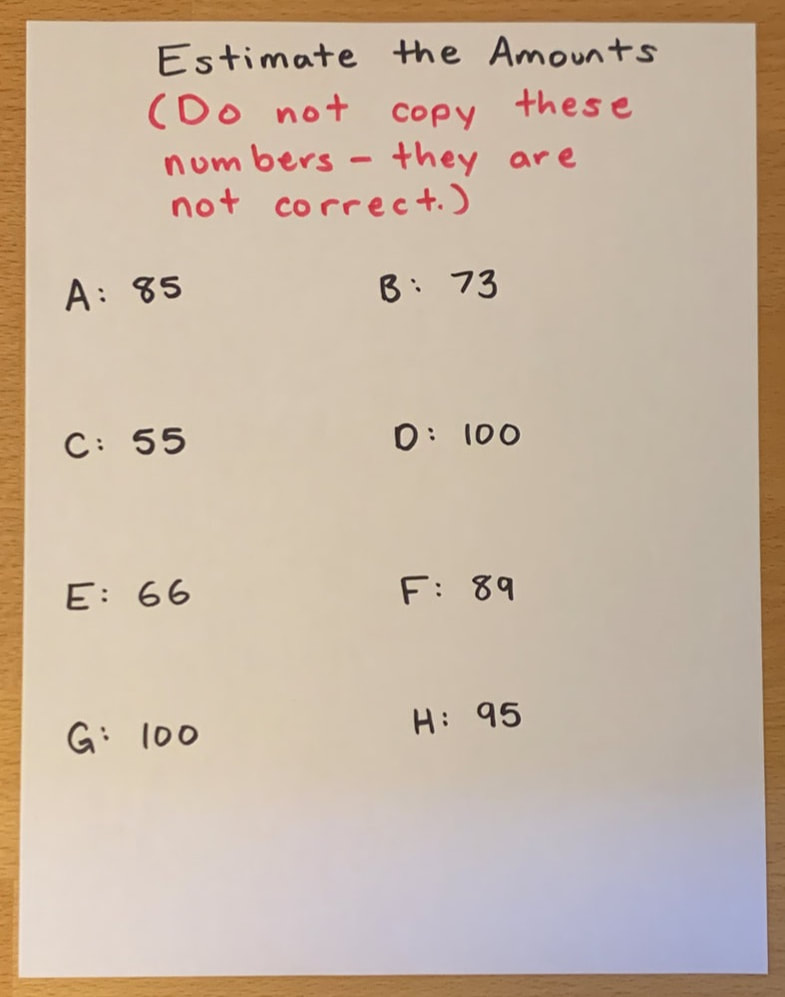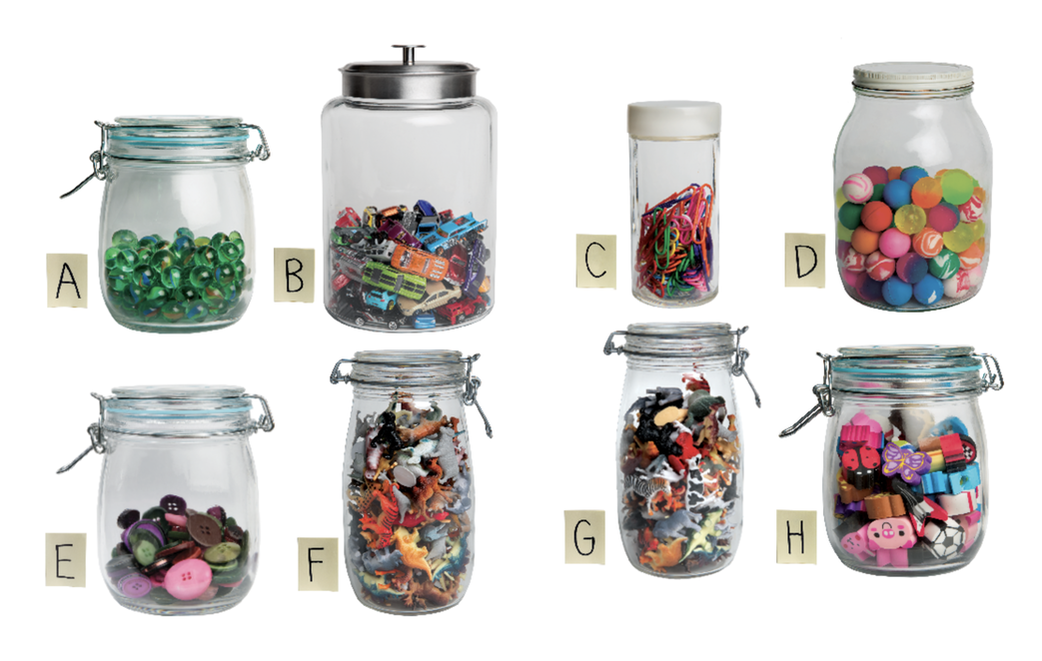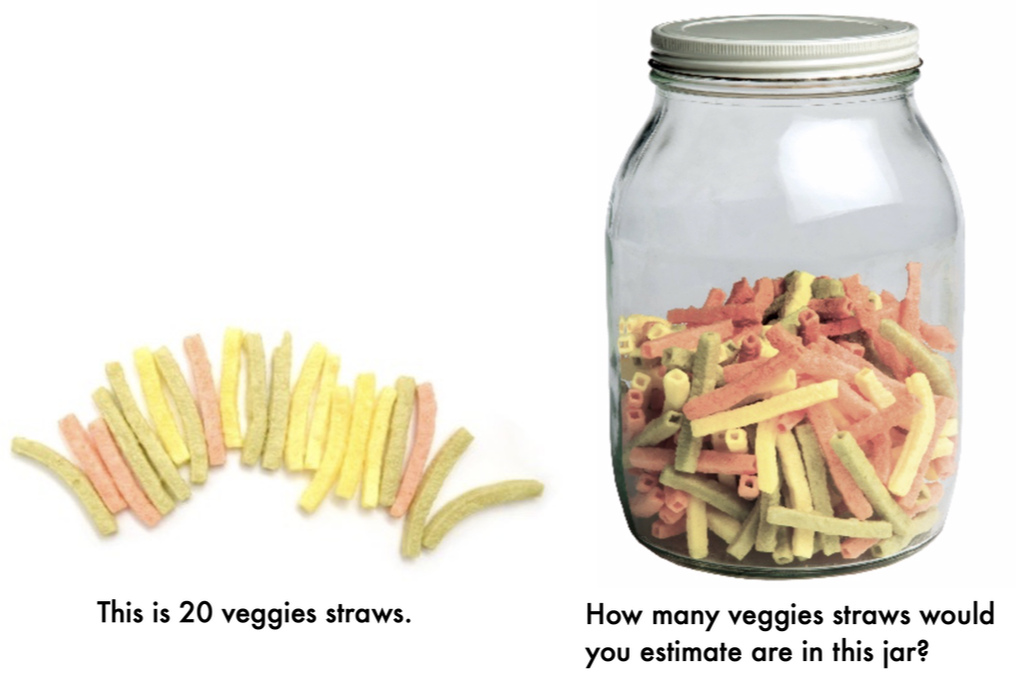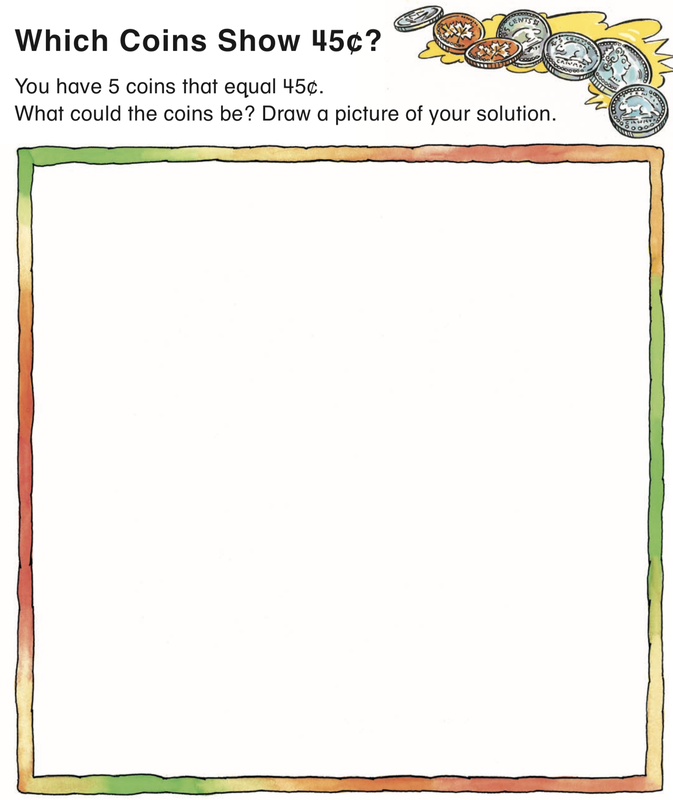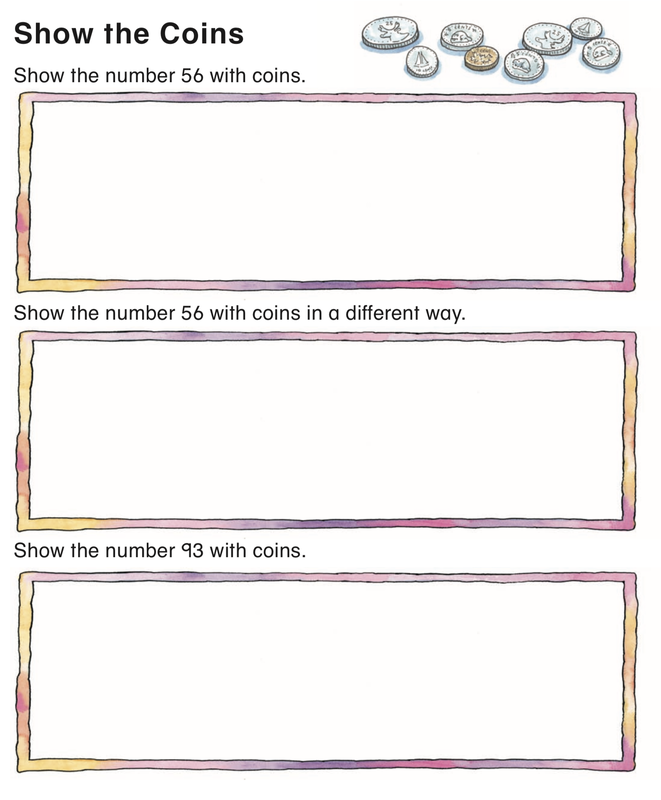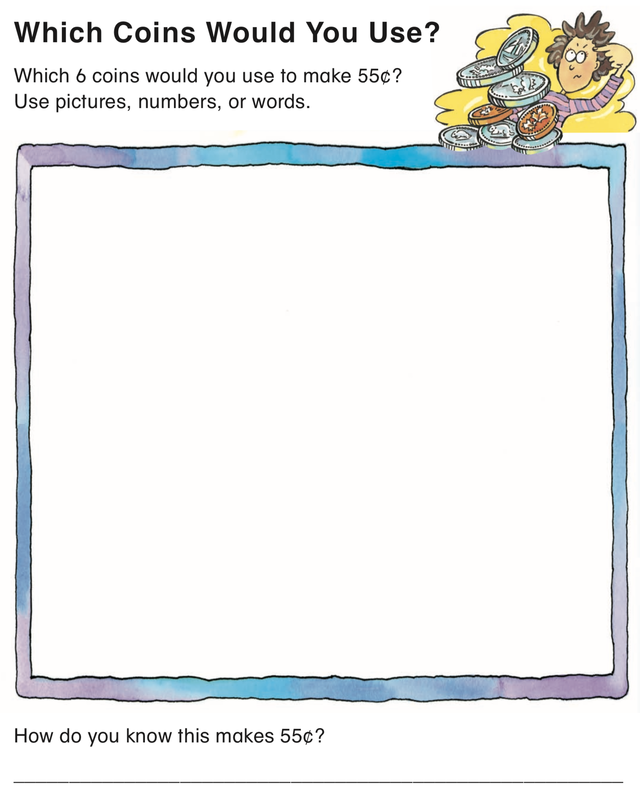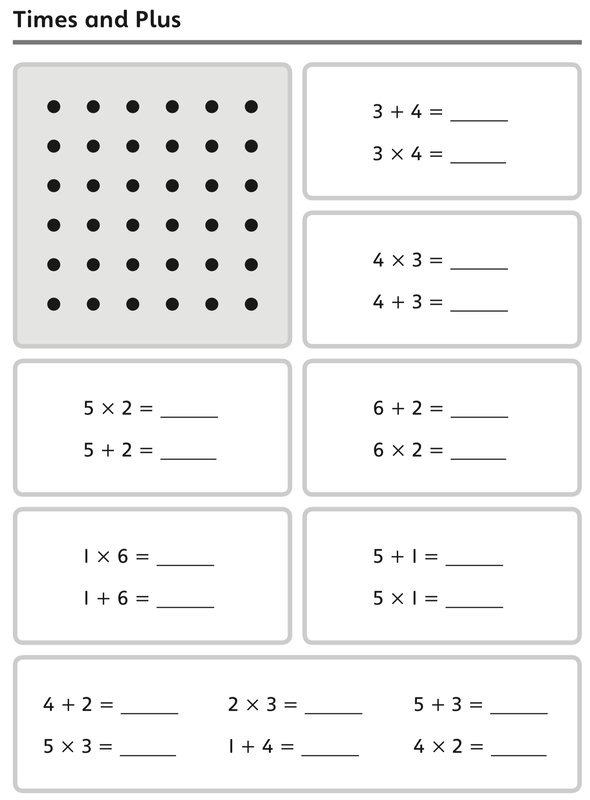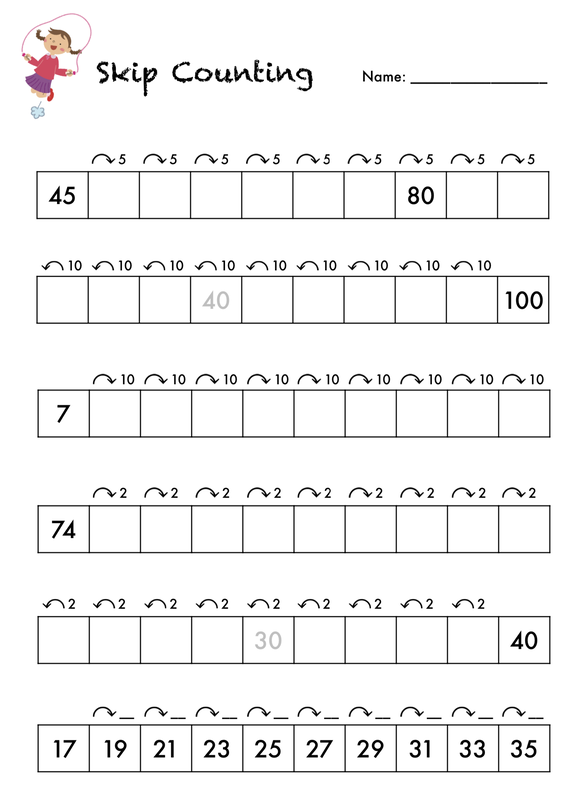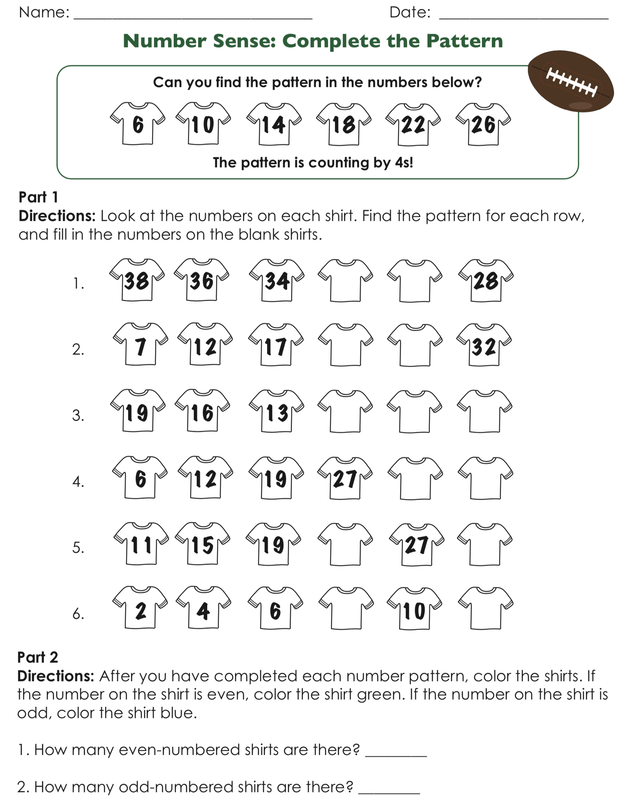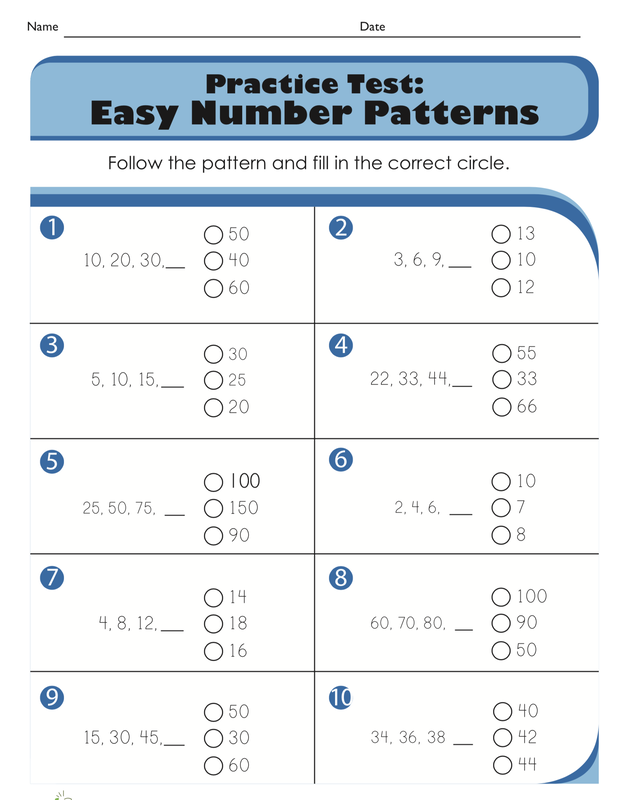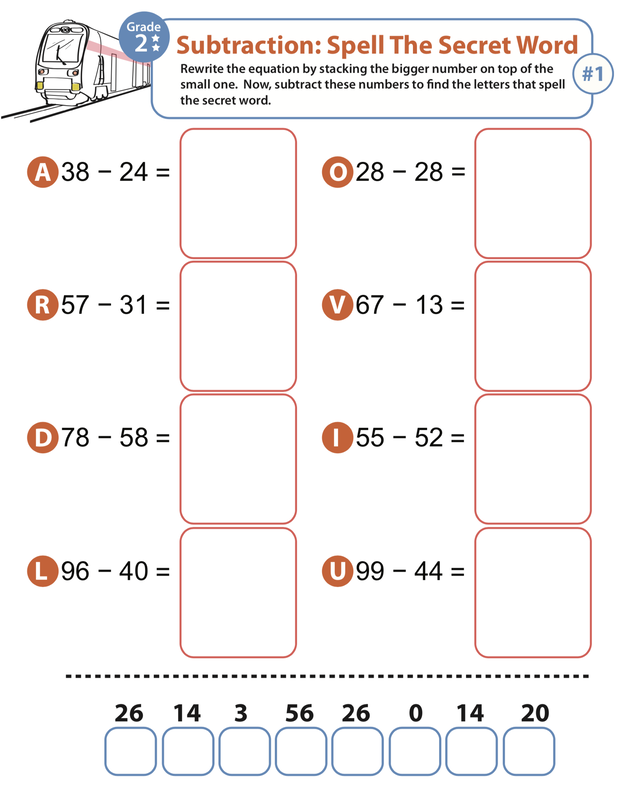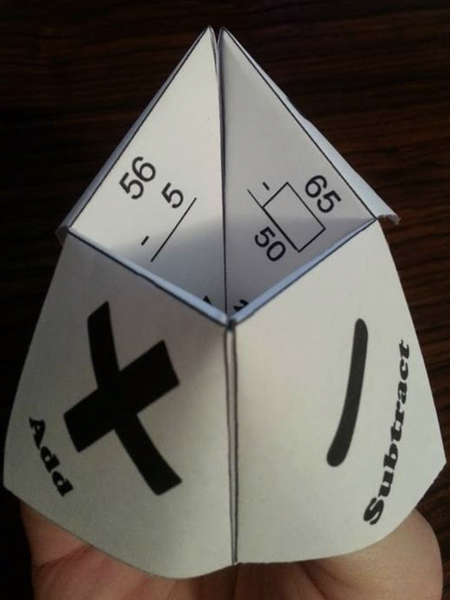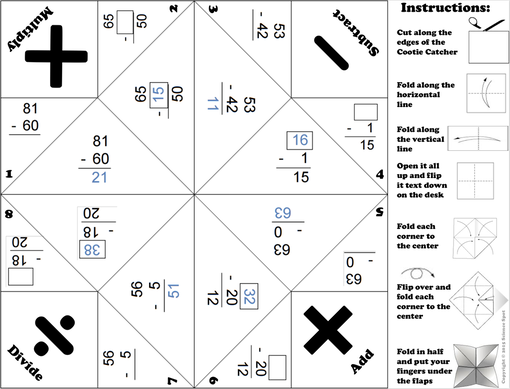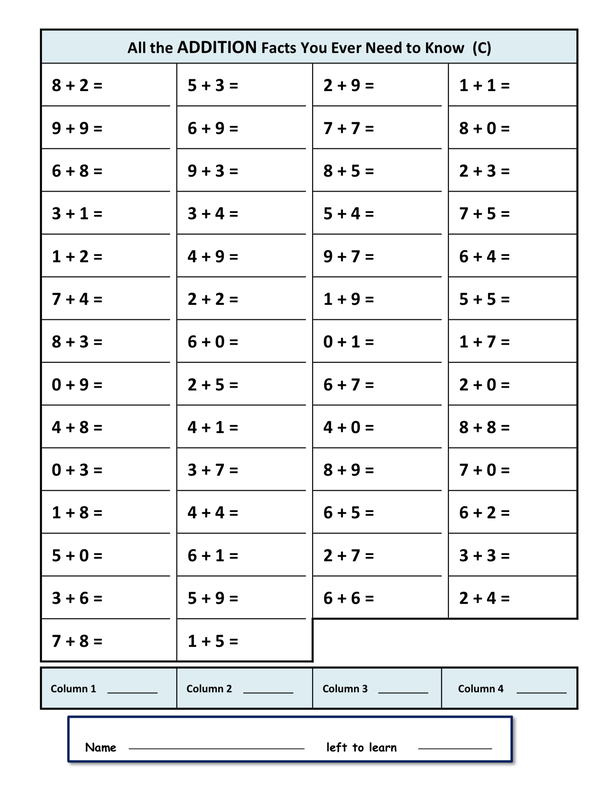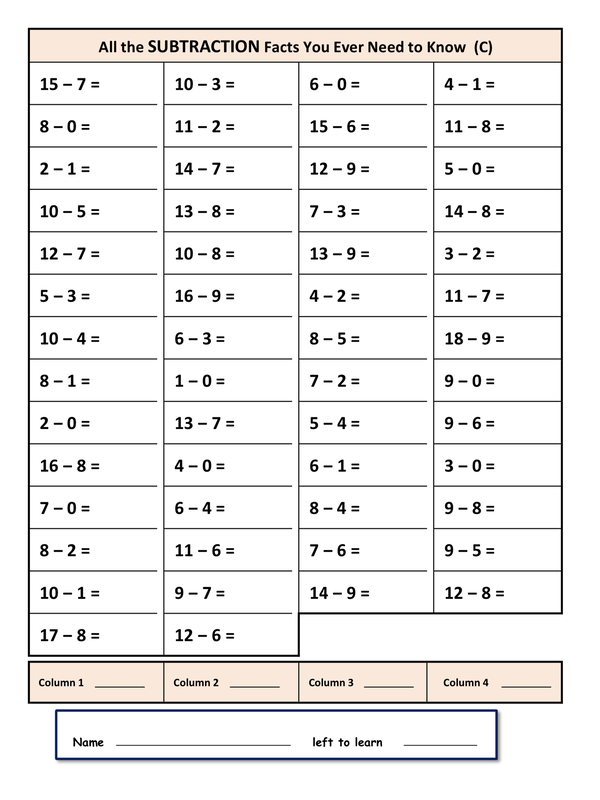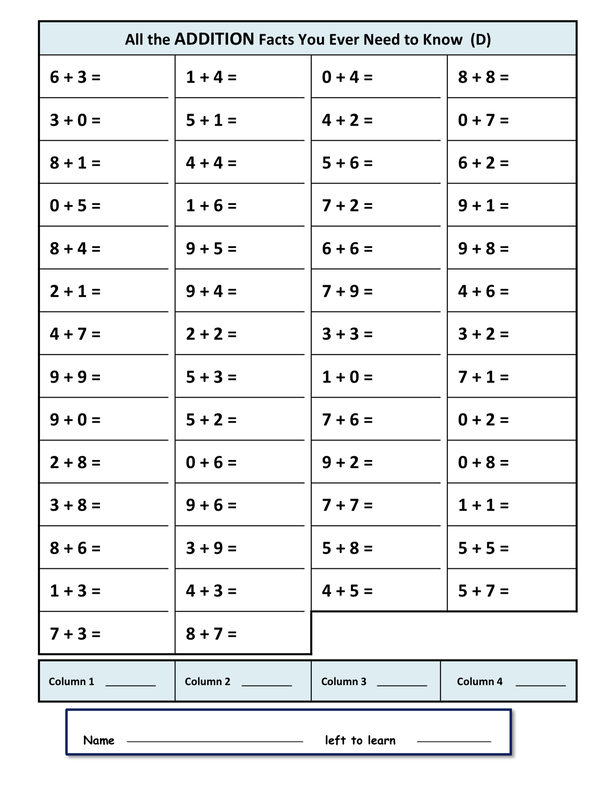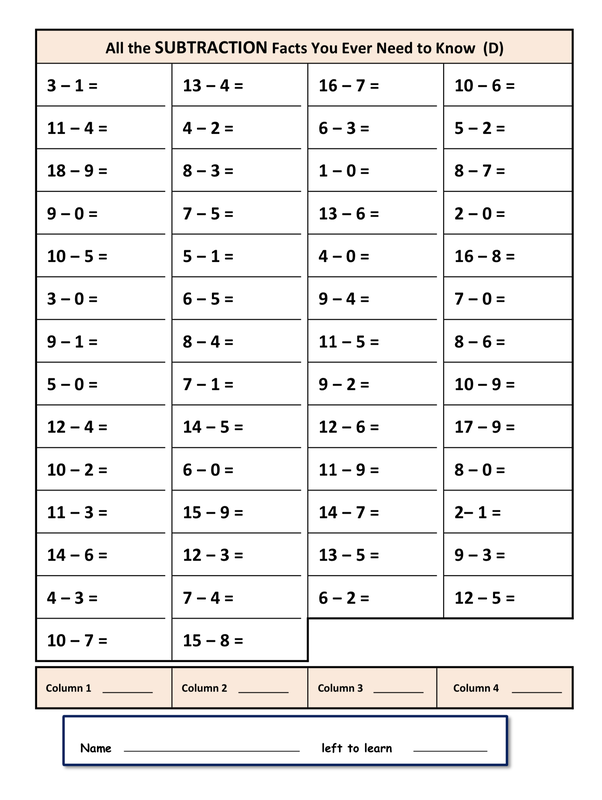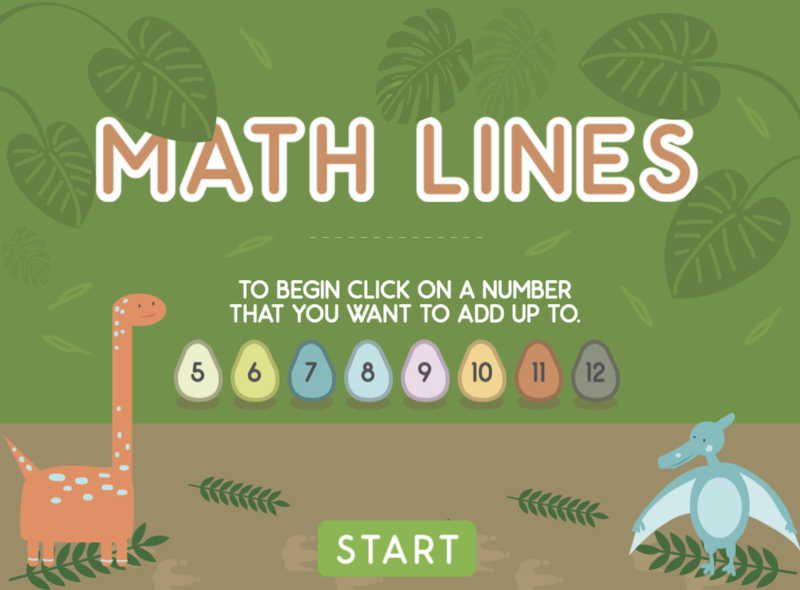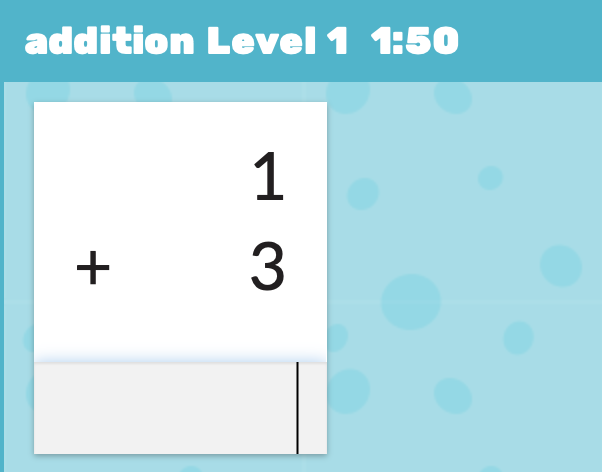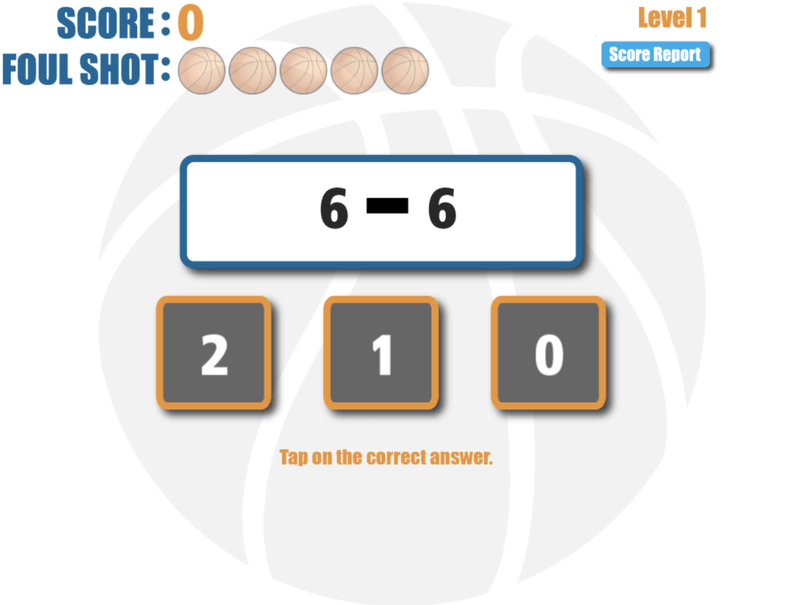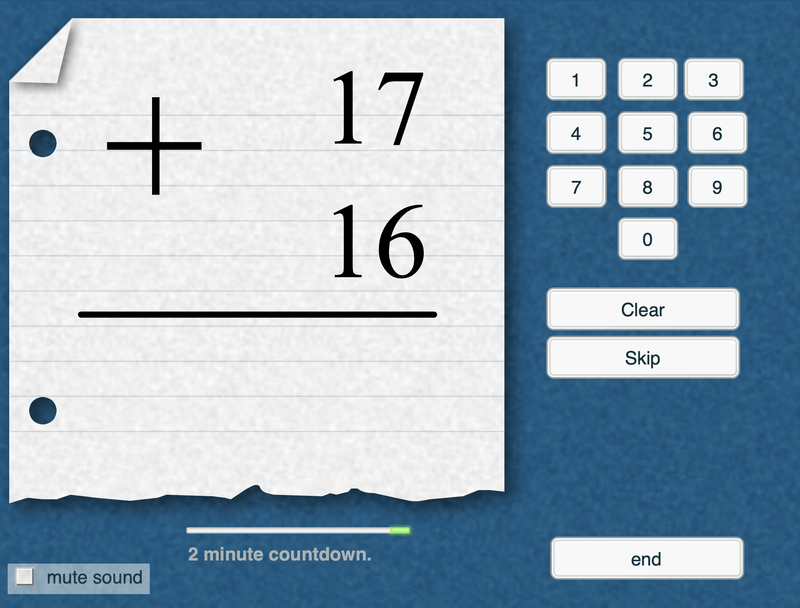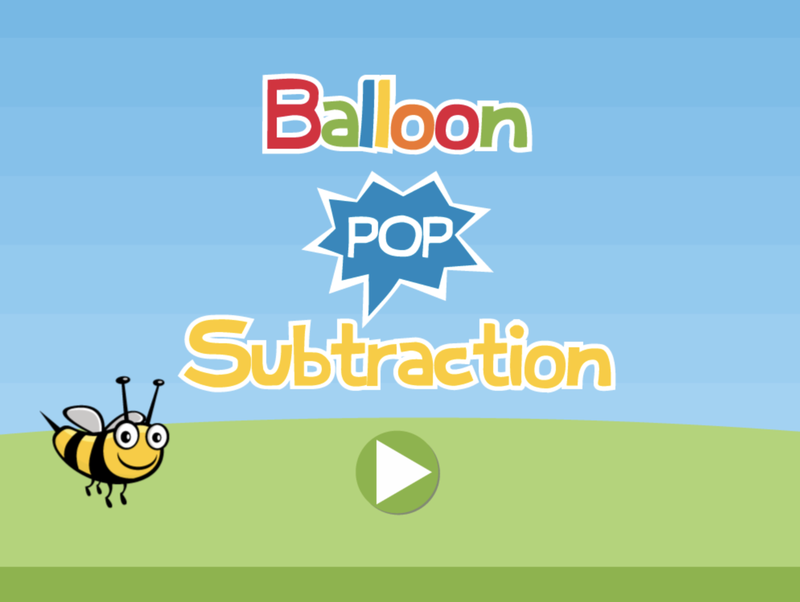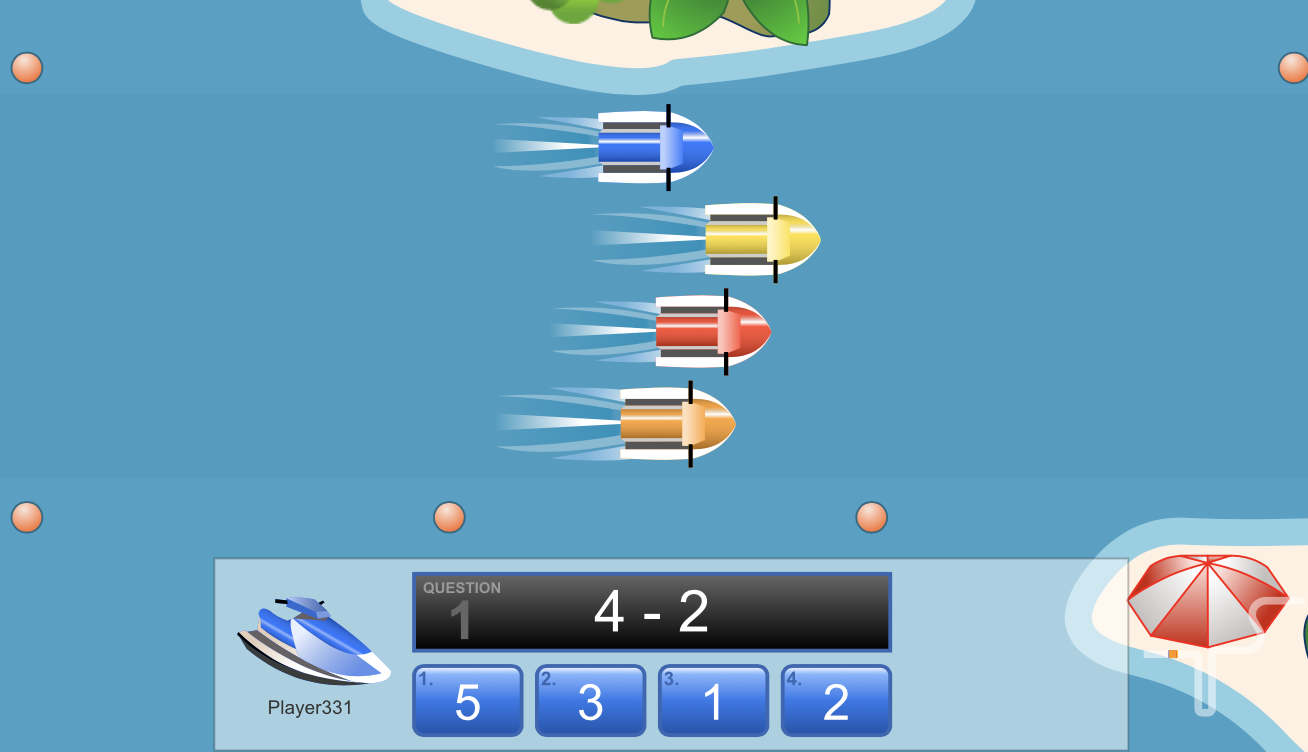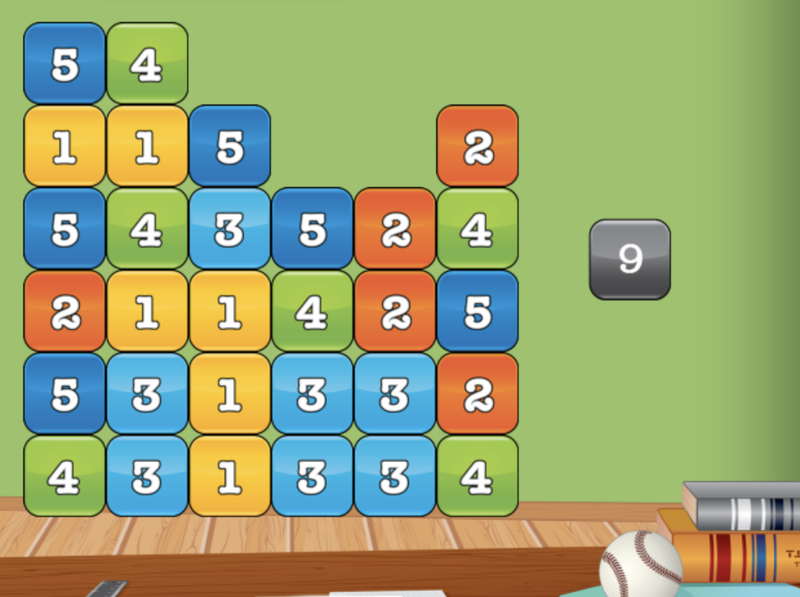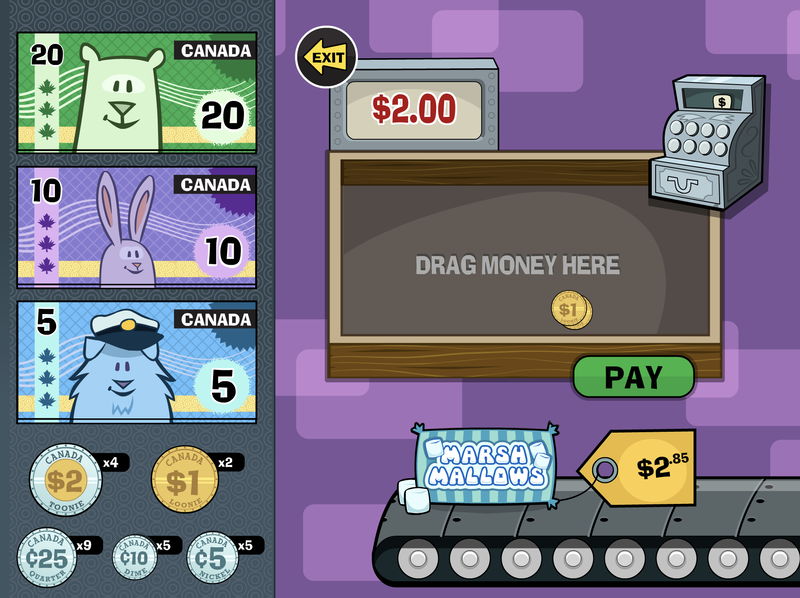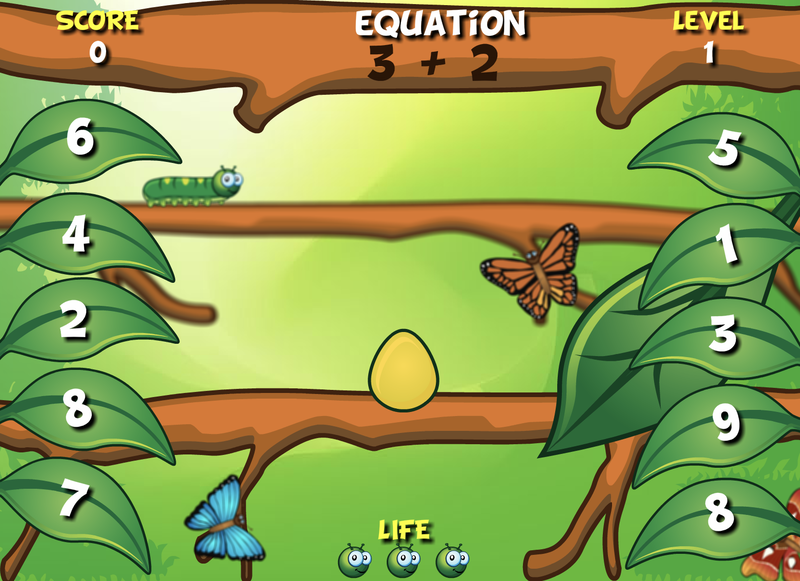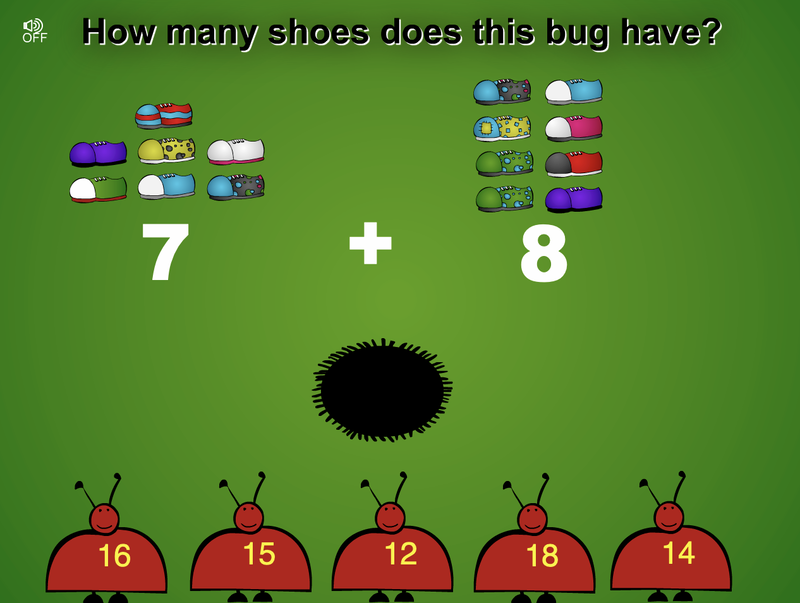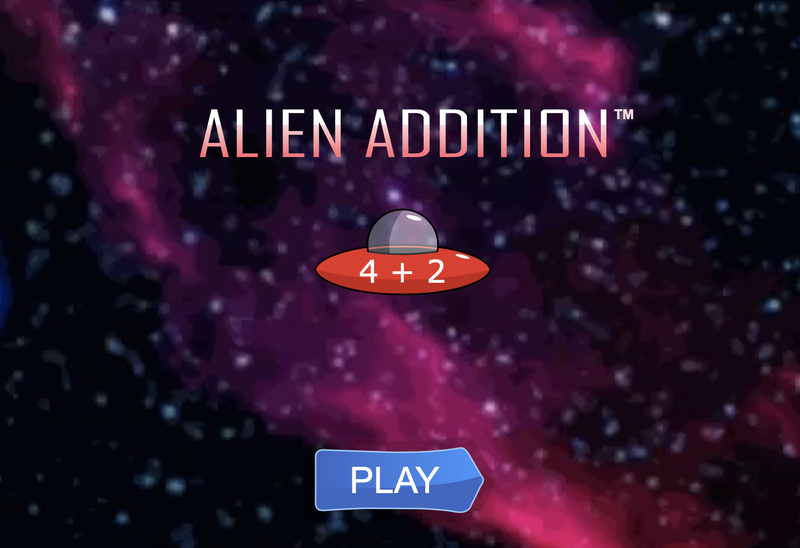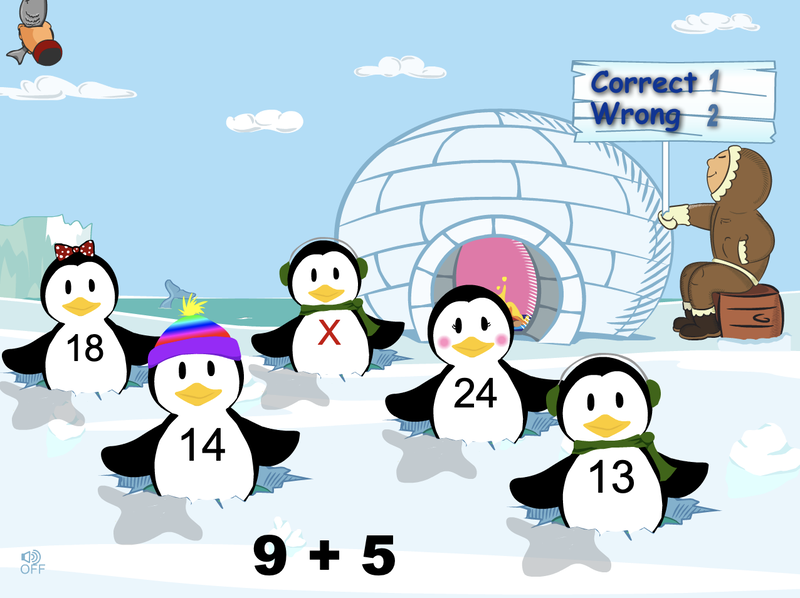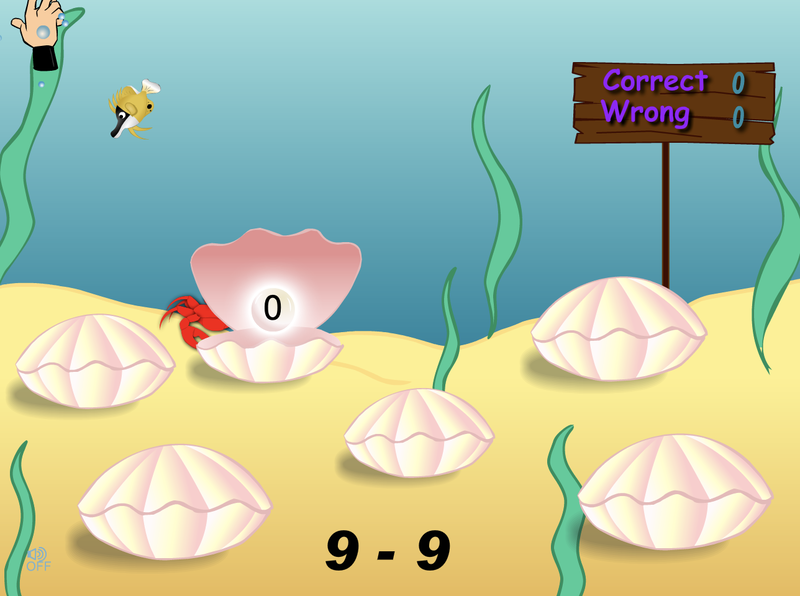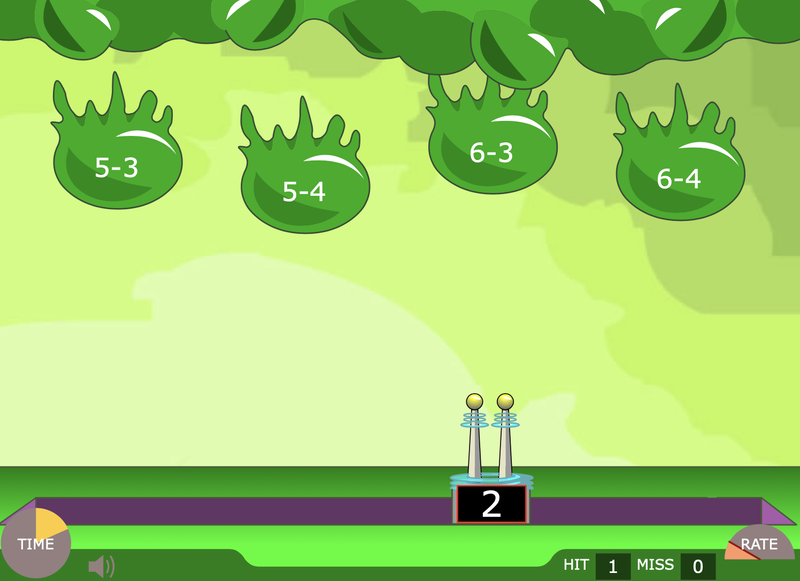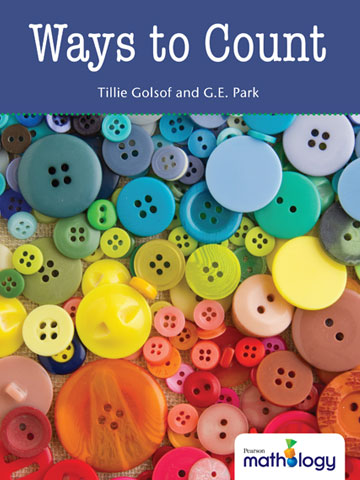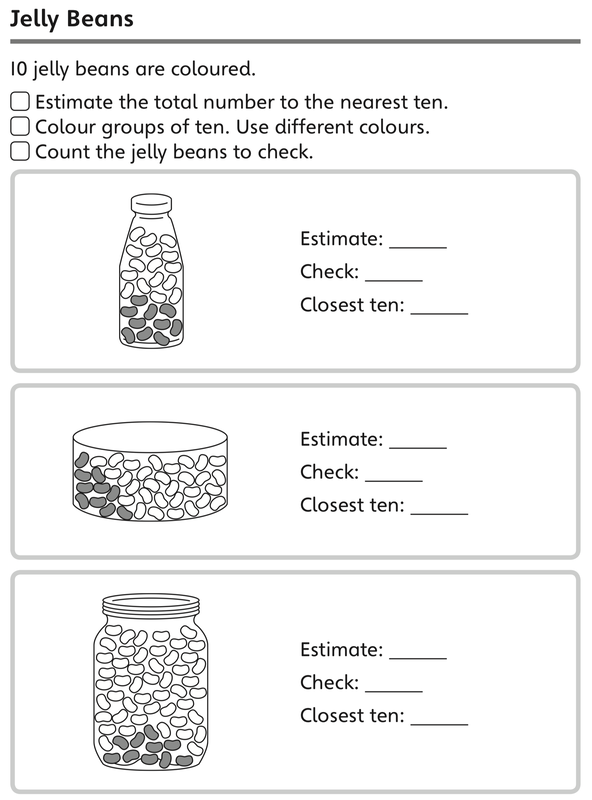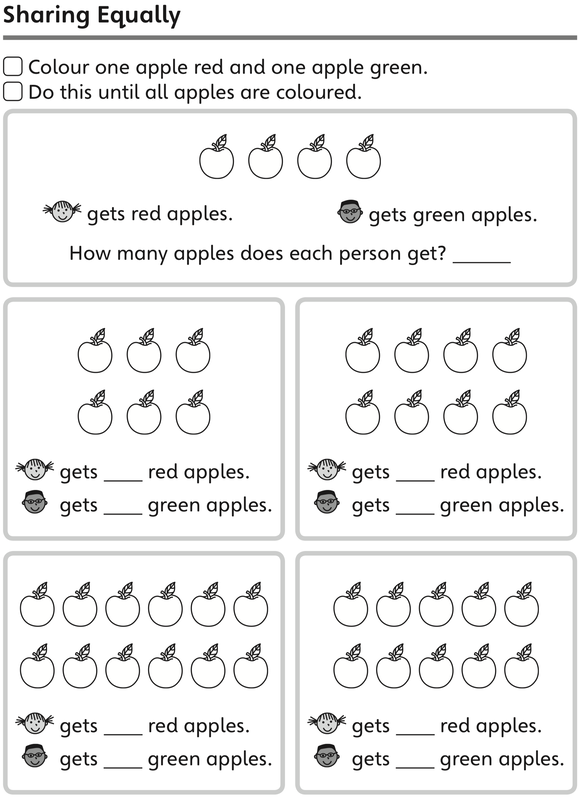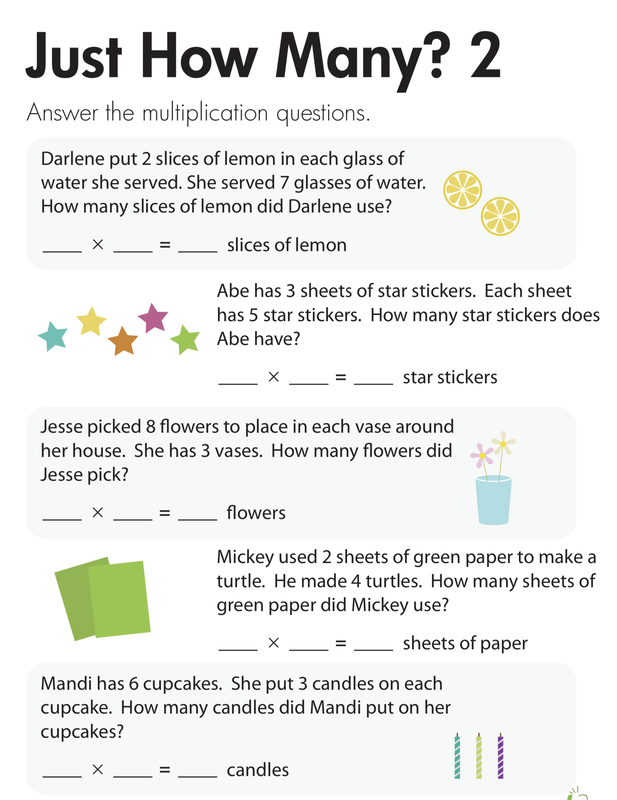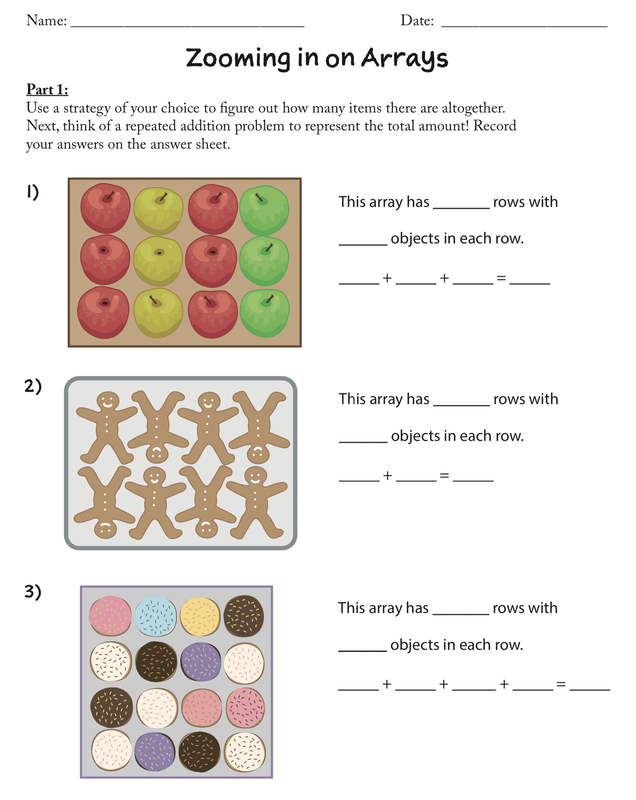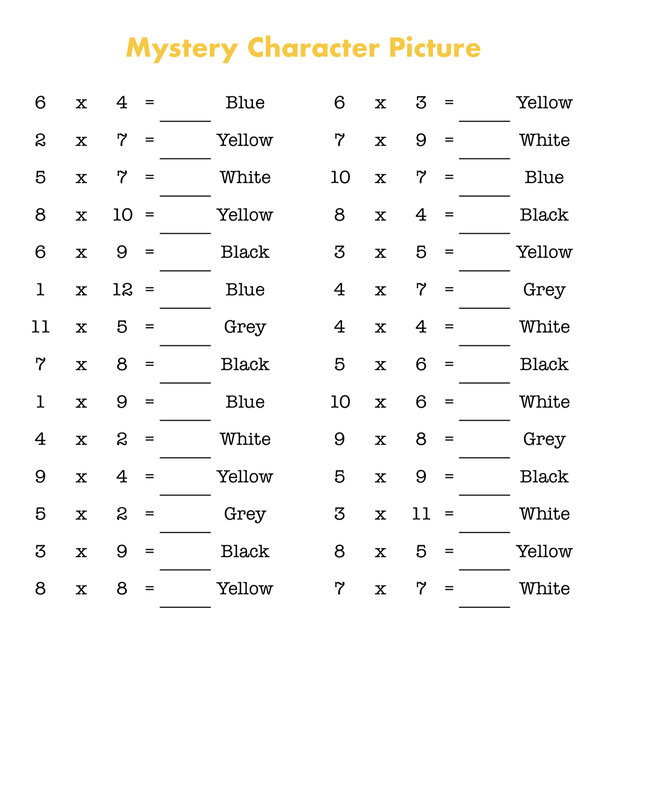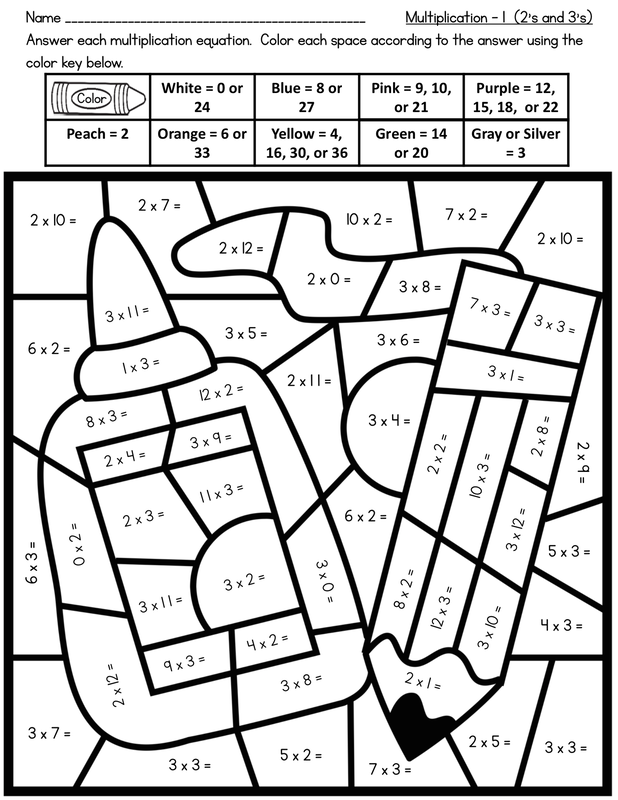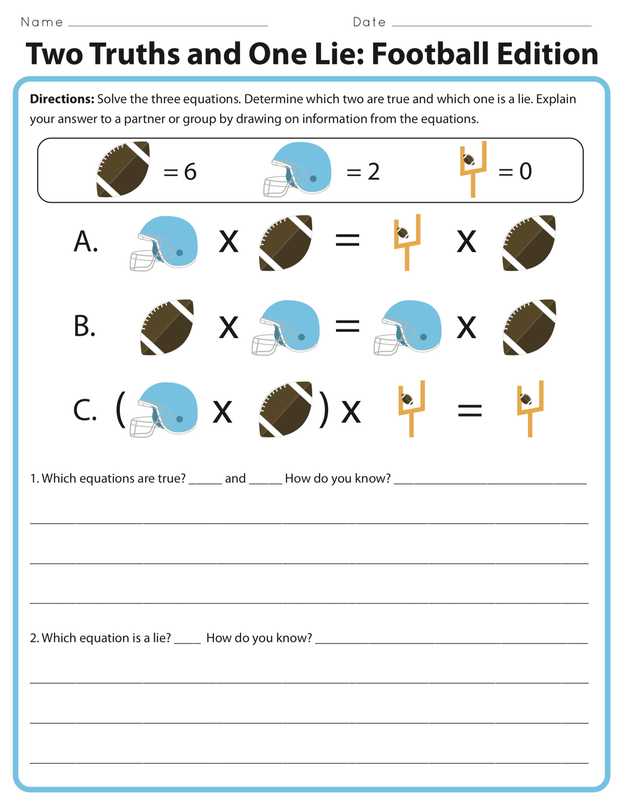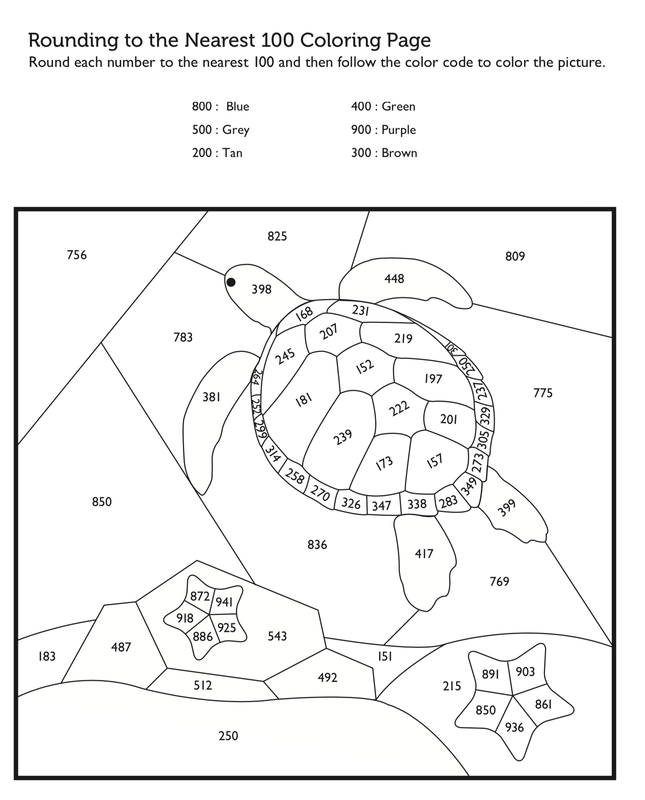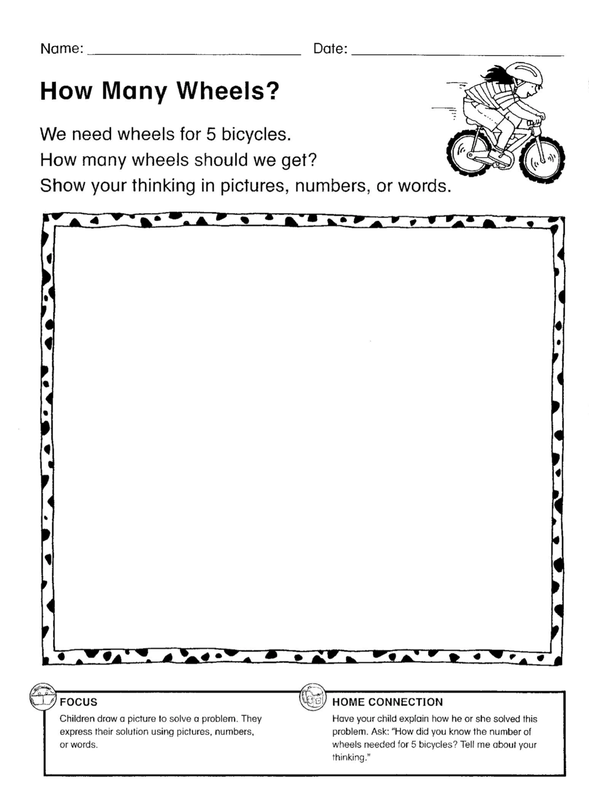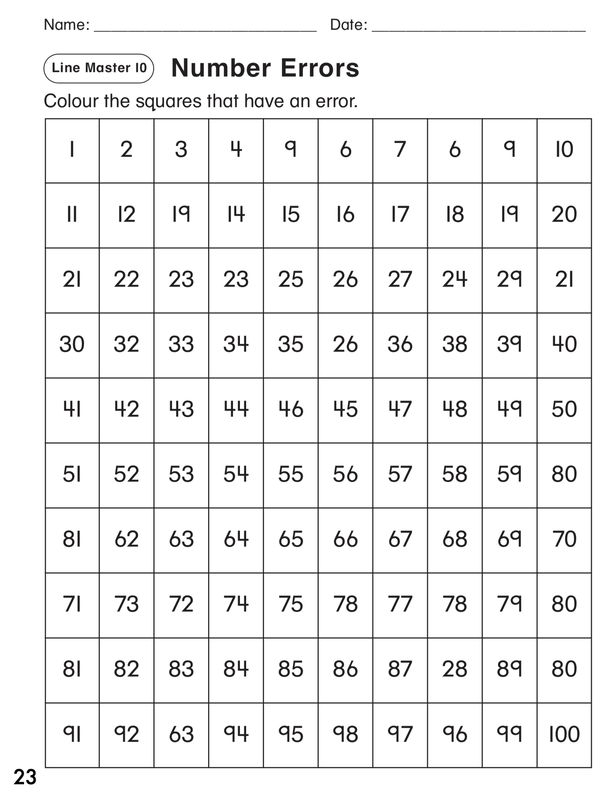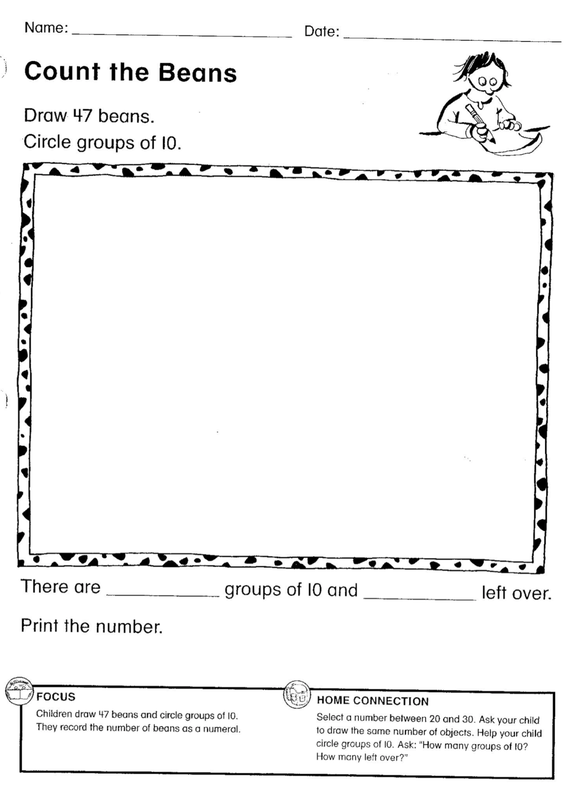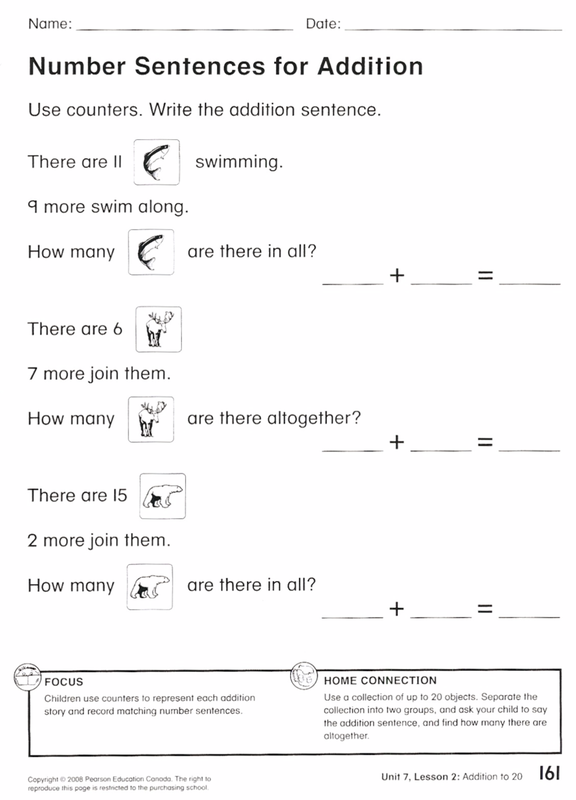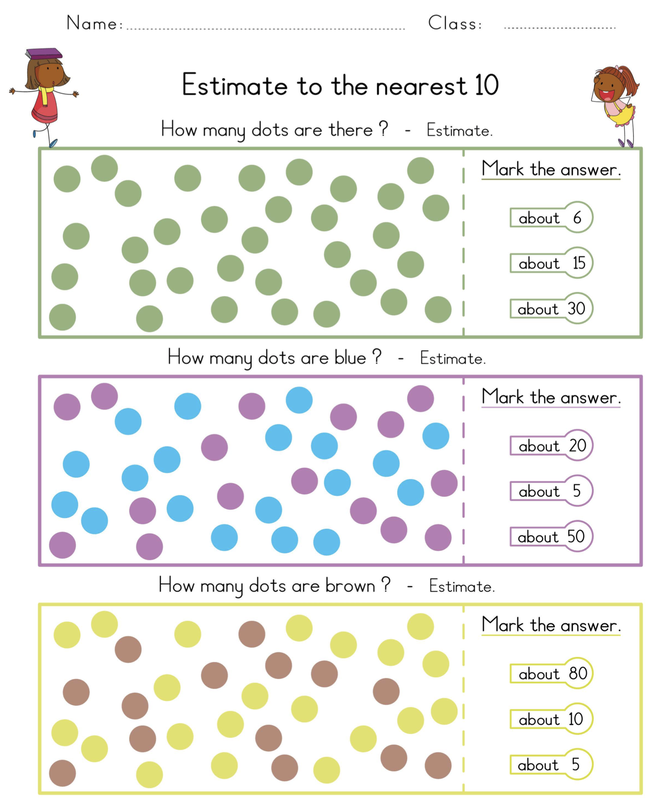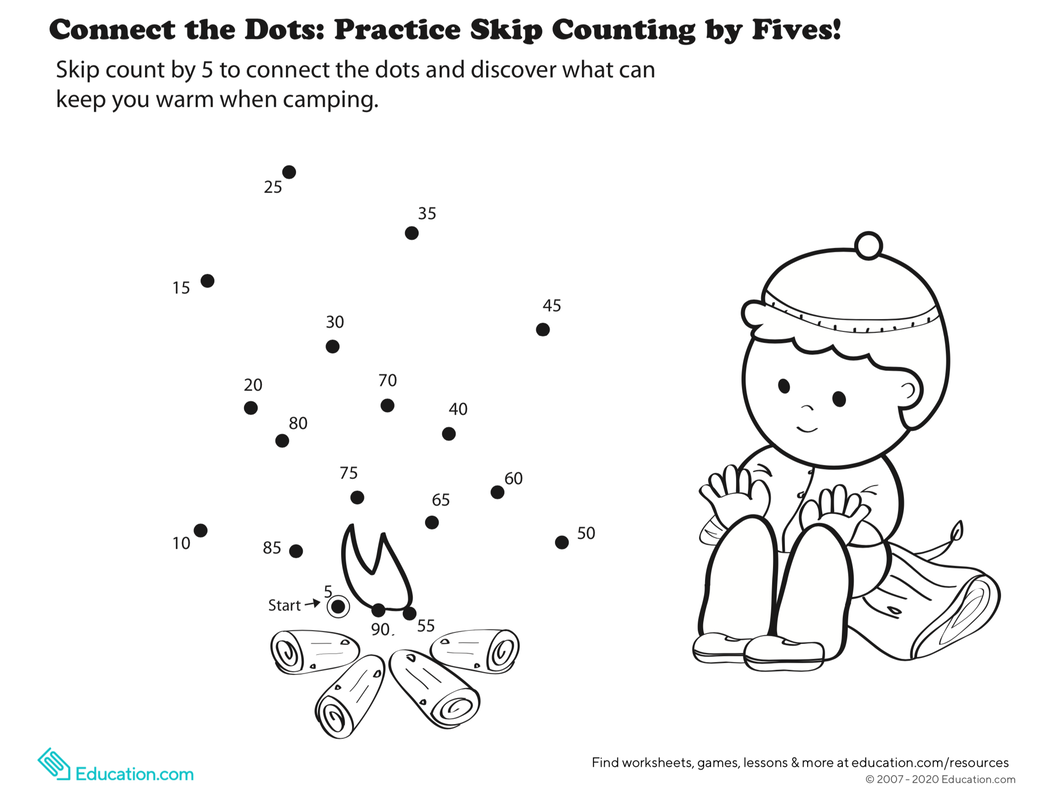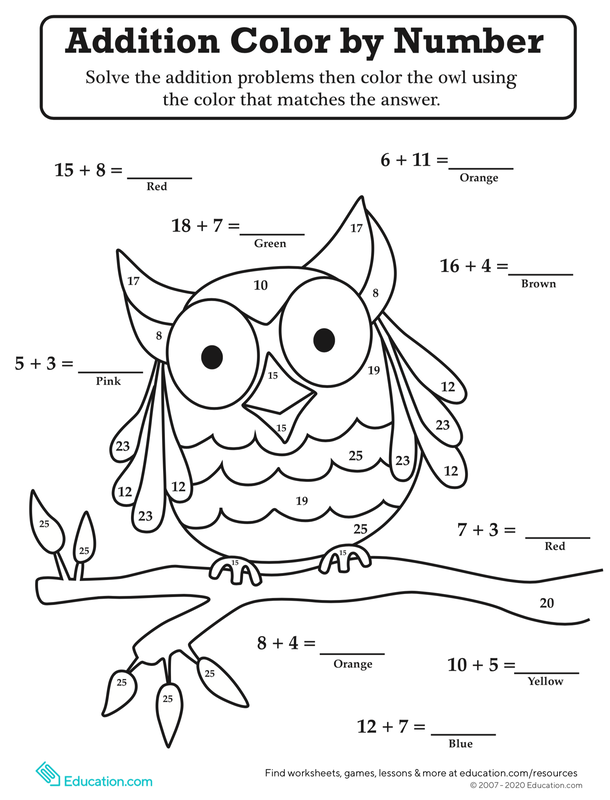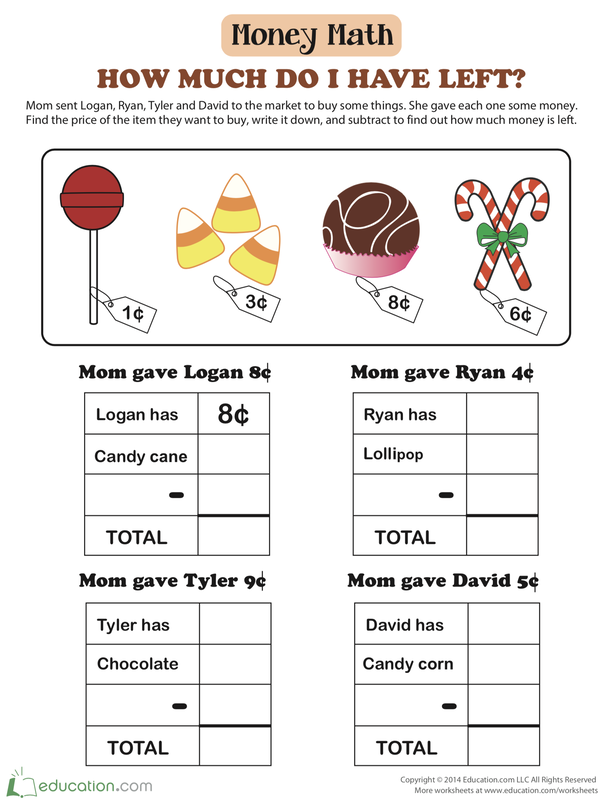Week 9 of Activities
May 19 - 22
This week we will be working on estimating and continue developing strategies for adding and subtracting two-digit numbers. During your child's 2 hours (or more) of work on Math this week, please have your child:
If time permits, you could have your child:
If you're needing reminders about different strategies we've worked on in class for two-digit addition and subtraction, you can check out this video.
- Complete the two numeracy assignments for this week
- Work through the video mini lessons below
- Complete some of the worksheets (either the grade level ones, more challenging, or less challenging)
If time permits, you could have your child:
- Play the game for this week (or previous weeks)
- Work through the word problems and math discussion prompts
- Practice their addition and subtraction skills using the worksheets or games in the basic facts section below
- Read through the Mathology book for this week Ways to Count
- Play the online math games on the Math Links Page
If you're needing reminders about different strategies we've worked on in class for two-digit addition and subtraction, you can check out this video.
Numeracy Assignments for Week 9
To be submitted to Mrs. Barker by the end of the week
|
Assignment 1: Estimate the Amounts
|
How many items would you estimate are in each jar?
Choose from the amounts below for each estimate
(Each amount matches one of the jars above)
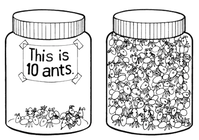
Assignment 2: Create an Estimation Question
- Choose a set of items that you have at home (it could be coins, popcorn, crayons, Lego pieces, animal figures, socks, etcetera)
- Create a referent for estimating a larger amount of that object (such as 5, 10, or 20 nickels)
- Create a larger amount of objects (25-100) for your classmates to estimate
- Take pictures of both groups of objects, tell how many are in the referent group, and ask your classmates to estimate how many are in the larger group of items
- If it's easier, you can take a picture of both groups of objects and leave the information about how many are in the referent group in a comment underneath when you post the photo on Seesaw
- If it's easier, you can take a picture of both groups of objects and leave the information about how many are in the referent group in a comment underneath when you post the photo on Seesaw
- When you post your picture on Seesaw, I will add it to our class blog in Seesaw, and then you can look at your classmates pictures and estimate
- Do not tell your classmates how many objects are in the larger estimating group
- Try to count and write down somewhere at home how many are in the larger group, and then you can tell the class what the actual amount was next week in a comment on Seesaw next week
Example
Math Worksheets
Click here to download the different worksheets for this week. If you have access to a printer, you can print them off, but if you don't your child can answer the questions on their own piece of paper.
All of the worksheets are also available on Seesaw Class if it's easier for your child to complete them there.
If your child is finding the worksheets much too challenging or much too easy, there are more or less challenging worksheets at the bottom of this week's activities (further down this page).
My intention is not for your child to finish all of these worksheets, but to use these to supplement the mini-lessons, word problems, and games and provide some extra practice for your child. Please don't feel pressured to have your child complete all eight!
All of the worksheets are also available on Seesaw Class if it's easier for your child to complete them there.
If your child is finding the worksheets much too challenging or much too easy, there are more or less challenging worksheets at the bottom of this week's activities (further down this page).
My intention is not for your child to finish all of these worksheets, but to use these to supplement the mini-lessons, word problems, and games and provide some extra practice for your child. Please don't feel pressured to have your child complete all eight!
Video Mini-Lessons
Word Problems
Click through the presentation below with slides from Alberta's past to view the question and then view the answer (the students should be familiar with this format from when we answer these problems in class).
Math Discussion Prompts
This slideshow has a collection of prompts that can inspire mathematical discussions that you and your children can have before bed, at dinner, or anytime. Each prompt shows you and your child a problem.
Sometimes there is one right answer and sometimes there are many right answers. The purpose of each question is to generate a discussion about how you determined an answer. If you find one answer, try to find another.
Sometimes there is one right answer and sometimes there are many right answers. The purpose of each question is to generate a discussion about how you determined an answer. If you find one answer, try to find another.
Game
Click here to download a cootie catcher game to play this week to practice the two-digit subtraction we've been working on. You can check out the games from previous weeks on those math pages as well!
Basic Facts Practice
Click here to download this week's basic facts sheets to practice our fact fluency. Our goal when we work on these is to get as many does as we can, and to try to get them done a tiny bit faster each time we practice. I usually give them 10 minutes and then we stop, but because students will be doing them at home you could use a stopwatch and help your chid time how long it takes to complete all the questions.
If you do not have a printer you could write out one column of equations for your child or read the equations to them and have them tell you the answers.
Below the sheets are some links to games that would also help your child gain automaticity in calculating their basic facts if that is a way to practice that works well for your child.
If you do not have a printer you could write out one column of equations for your child or read the equations to them and have them tell you the answers.
Below the sheets are some links to games that would also help your child gain automaticity in calculating their basic facts if that is a way to practice that works well for your child.
Book and Activities (Optional)
|
Click on the book Ways to Count on the right, and read it with your child. (Click here to access a PDF of the book if you can't read it online.)
As you read, encourage your child to:
Choose 1-5 of the following activities to work on with your child Try the online Ways to Skip Count activity by clicking here Make a Collection Use the mat on the inside back cover (or a real container) to create an Estimating Jar. Place up to 100 small objects in the jar (corn kernels, beans, tiny buttons). Take turns estimating how many there are. Then decide on a way to group the objects so they are easy to count. Count and then recount just to be sure. Who had the closest estimate? How close was it? (Note: Would you consider sending us an Estimating Jar to add to our ongoing estimating and counting display?) Collections Wanted! We are estimating and counting lots of different collections. We can always use more! If you have a collection of small, unwanted “treasures” (puzzle pieces, buttons, lids, bread tags, etc.) we will put them to good use. Thank you! |
How Many Groups?
Ask your child what size group he/she finds the easiest to count (10s, 5s, 2s). Display and identify a group of 100 (50 if that is easier) small objects. Ask: How many groups of 10 do you think are in 100? How can we prove it? Together, group and count the objects by 10s. How many groups of 10 were in 100? (10) Invite your child to take the lead. Into the Piggy Bank Consider dropping collections of dimes (nickels) into a jar (piggy bank) to practise counting by 10s and 5s. |
More Challenging Worksheets
Click here to download the more challenging worksheets for this week. All of the worksheets are also available on Seesaw Class if it's easier for your child to complete them there.
Less Challenging Worksheets
Click here to download the less challenging worksheets for this week. All of the worksheets are also available on Seesaw Class if it's easier for your child to complete them there.
